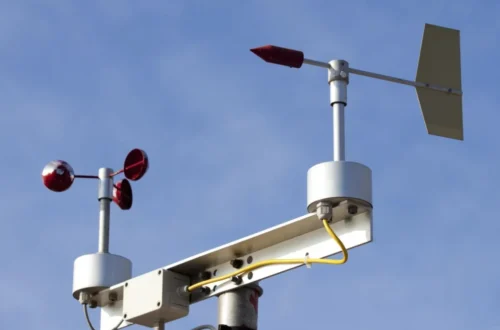Rain Gauge: Measuring Precipitation for Weather Analysis

# Rain Gauge: Measuring Precipitation for Weather Analysis
## What is a Rain Gauge Used For?
A rain gauge is a meteorological instrument designed to measure the amount of liquid precipitation (rainfall) that falls over a specific area during a set time period. These devices play a crucial role in weather monitoring, climate studies, and various practical applications.
Primary Uses of Rain Gauges
Rain gauges serve multiple important functions in weather analysis and beyond:
- Weather forecasting: Meteorologists use precipitation data to predict future weather patterns
- Climate monitoring: Long-term rainfall measurements help track climate changes
- Agricultural planning: Farmers rely on precipitation data for irrigation scheduling
- Hydrological studies: Water resource managers use rainfall data for flood prediction and water supply planning
- Urban planning: Cities use precipitation data to design drainage systems
Types of Rain Gauges
Several types of rain gauges exist, each with specific applications:
Standard Rain Gauges
These simple devices consist of a cylindrical container that collects rainfall. The most common version is the 8-inch standard rain gauge used by the National Weather Service.
Tipping Bucket Rain Gauges
These automated gauges use a small bucket that tips when filled with a specific amount of rain, recording each tip electronically.
Weighing Rain Gauges
These sophisticated instruments measure precipitation by weight, allowing them to record different forms of precipitation (rain, snow, hail).
How Rain Gauges Contribute to Weather Analysis
Rainfall data collected from gauges worldwide helps meteorologists in numerous ways:
- Creating accurate weather models
- Tracking storm systems
- Identifying drought conditions
- Verifying weather radar measurements
- Studying microclimates
Modern rain gauges often connect to weather stations that transmit data in real-time, significantly improving the timeliness and accuracy of weather forecasts.
Proper Placement for Accurate Measurements
To ensure reliable data, rain gauges should be:
- Placed on level ground
- Positioned at least twice as far from obstructions as the height of those obstructions
- Located away from trees and buildings
- Mounted at standard height (typically 30 cm above ground)
By following these guidelines, meteorologists and weather enthusiasts can collect precipitation data that’s comparable across different locations.
Keyword: what is a rain gauge used for


